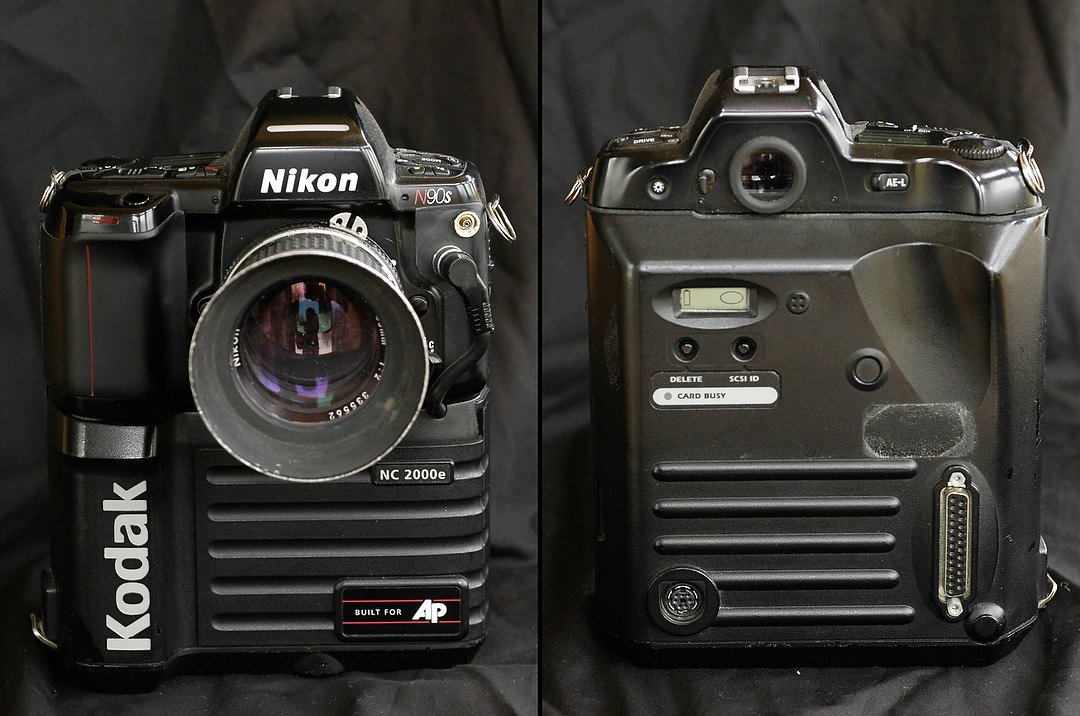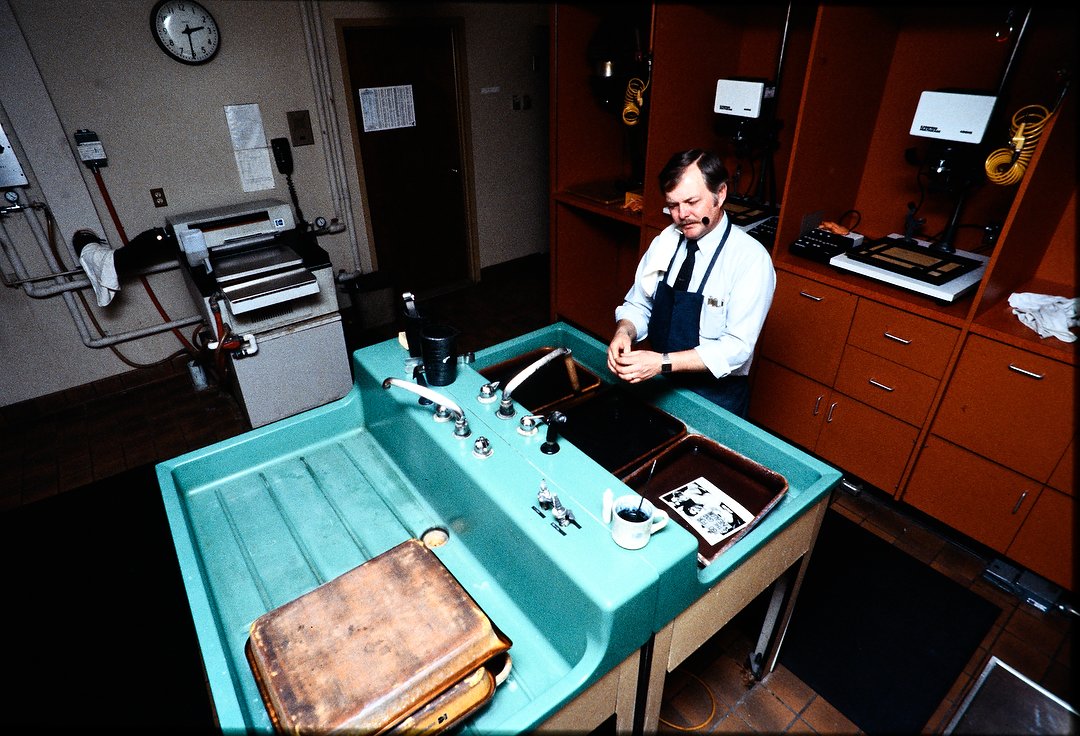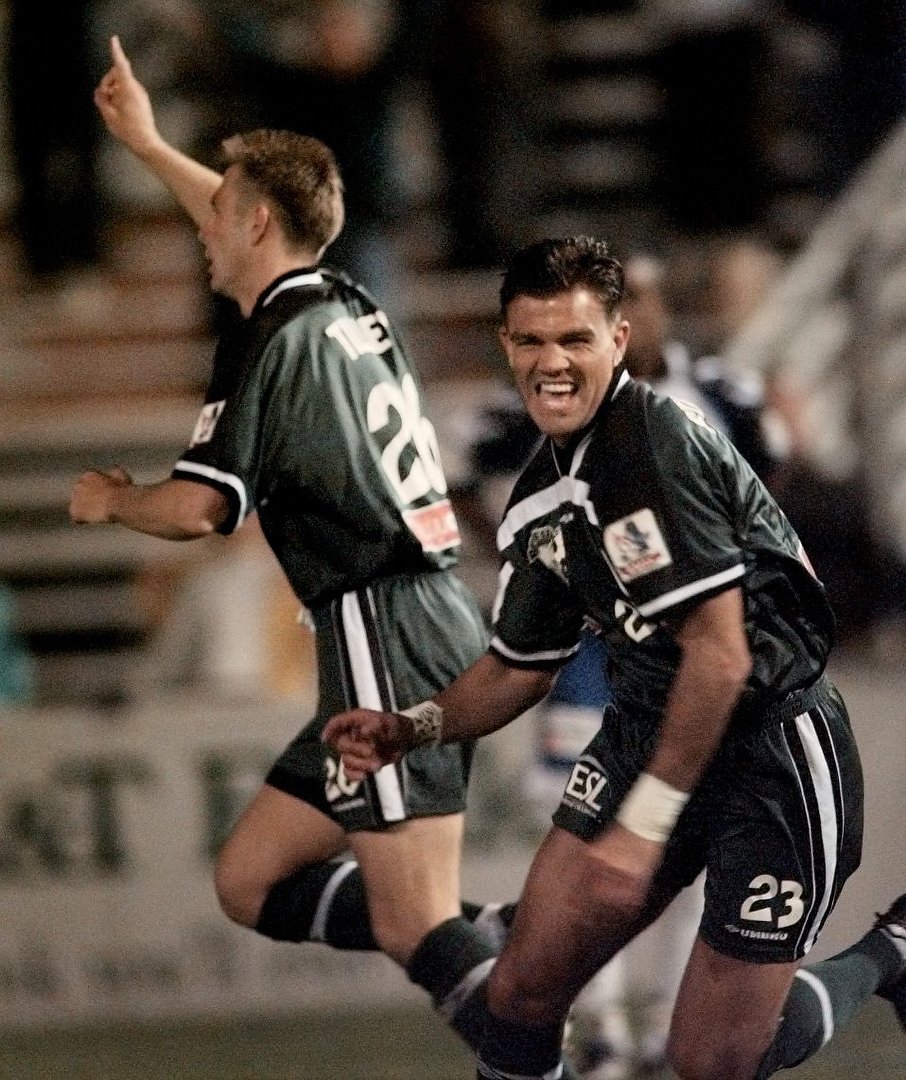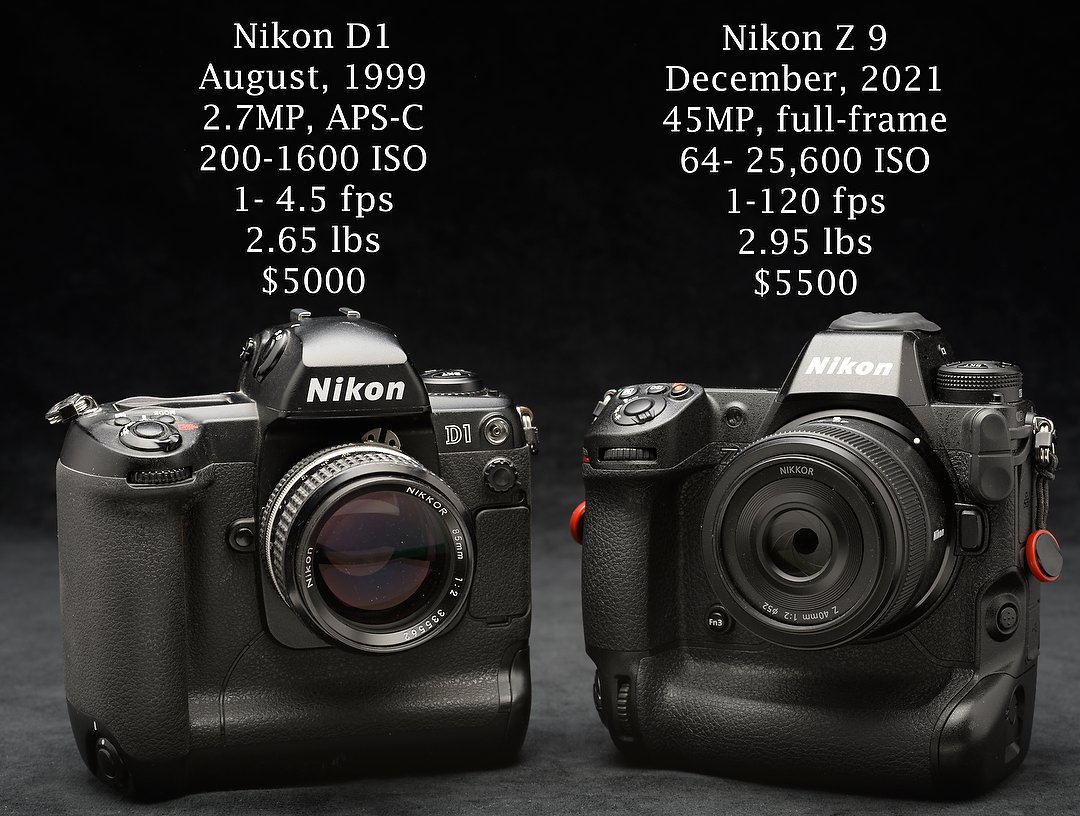When I received my Nikon Z 9 in late December, I was a bit anxious. Would it live up to the hype? Was it going to be the camera that Nikon had promised (and many Nikon users had been waiting for)? Right away that first day my concerns were put to rest, and over the course of the following week, the more I learned, the more I liked it. That resulted in a long, mostly glowing, blog post. And as I continue to use it, I continue to be impressed. That got me thinking about this digital photography journey I’ve been on for the last 25 years. It’s gone from ugly to awesome.
In 1996 my boss at the newspaper in Rochester, NY, returned from a photojournalism conference where he’d been told, “digital photography is the future.” So he went out and bought one, a state-of-the-art digital camera, the Kodak NC2000e (“News Camera for the new millennium”). Starting life as a Nikon N90s, Kodak then turned it into a digital camera (ala Frankenstein). Since I was the computer geek on staff, he handed it to me and said, “see what this can do.” The results weren’t pretty. It recorded 1.3 megapixel images (1280 x 1024 pixels!) on a removable hard drive. There were four ISO choices, 200, 400, 800 and 1600, but 800 was so noisy it was hardly usable. 1600 was good for laughs. With white balance, even if you were careful, images tended to have a magenta cast. The battery was built in, so if it died while you were out (an almost daily occurrence), you had to plug it into a portable, but heavy, external battery. You got all of that for the low, low price of just $15,000. Oh, and there was no LCD for reviewing pictures. Shoot and pray. Despite all that, it revolutionized newspaper photography.

State-of-the-art digital for 1996, the Kodak News Camera 2000e (enhanced!). 1.3-megapixels, no LCD, very limited ISO, questionable color and non-removable battery for only $15,000.
Prior to digital cameras, before you could submit a photo for publication, the film had to be processed and a print made (or eventually, the film scanned to digital). Take away film, and you take away the need for processing. No more frantically watching minutes tick away on deadline waiting for film to finish. No more traveling with portable processing kits to turn hotel bathrooms into darkrooms. Now, simply removing that small hard drive from the camera and connecting it to a computer meant you could “process” your photos anywhere, anytime, and then transmit them to the paper. Even if you weren’t traveling, it meant you could stay longer at an event because you didn’t have to factor in time to process film when returning.

Burr Lewis, staff photographer at Gannett Rochester Newspapers, in the print lab in 1990. This was the nicest darkroom I ever worked in, and was state-of-the-art for its time.
Sure, the quality wasn’t great, but neither was reproduction at most newspapers. In spring of the following year, 1997, our paper became one of the largest in the U.S. to do a total digital conversion (and the only newspaper to issue each photographer two cameras). Luckily, by then, the price had dropped to only $13,000. In an effort to make the change as successful as possible, every photographer received not just those two cameras, but a kit of fast-aperture zoom lenses (at 1.3MP, you didn’t have the luxury of cropping, you had to frame tightly). Since going above 800 ISO wasn’t realistic, every person also received a lighting kit, and the staff shared two larger high-power kits. That’s because every indoor high school sport we shot had to be lit. We were on the the bleeding edge of digital photography, and it was challenging.

Covering professional sports, indoors or out with the NC2000e was a challenge at best because we couldn’t use flash. Low shutter speeds, fast apertures, lots of noise and questionable color. The image at the top of this story, as well as this one, was shot with that camera.
However, the photographers weren’t forced to shoot digital. Each staffer was allowed to keep one film camera and told that if they couldn’t do the job digitally, to go ahead and shoot film. And you know what? After six months, no one shot film again. Despite all the challenges – the low resolution, the poor high ISO performance, the slow frame rate (2 frames-per-second!) and overall poor quality – the convenience and speed of getting images out trumped everything else.
By mid 1999, the major camera manufacturers were starting to build their own digital cameras, from the ground up. Instead of a Frankenstein-type camera, we got the Nikon D1. It recorded 2.7-megapixel images on removable CF cards, had a rear LCD, a frame rate of 4.5 fps, 200-1600 (with 1600 actually usable) and a removable battery among many other great (for the time) features. About eighteen months later Nikon released new versions with more advanced features (the D1X and D1H), and the race was on, mainly between Nikon and Canon. Kodak was left in the dust, and is now a case study at business schools.
Since getting that first D1 in early 2000, I’ve now shot (and taught) a total of 52 different Nikon digital SLRs and mirrorless cameras. Many were incremental upgrades to an existing design, but some, like the D3 and now Z 9, were groundbreaking in their features and image quality.

Here’s a quick comparison of the first Nikon digital camera I’ve used, the D1, and the latest, the Z 9. The purchasing power today of $5000 in 1999 dollars would be equivalent to over $8300.

Shooting the Chiefs/Steelers game with the Z 9 last weekend, I used the Wide Area AF (L) area mode on the Z 9. Here’s part of a 28-frame sequence of Travis Kelce making a catch and running in for a touchdown. I was using the Nikkor 200-400mm f/4 lens, and zooming out as he ran towards me. Nikon’s NX Studio software can show me where the autofocus system is focused in each frame, and in these 18 frames from that burst, it shows that first it’s on his body, but then quickly shifts to his eye, and stayed there even when he was filling the frame from the waist up. A friend sent me an 81-frame sequence from an NBA game shot with the Z 9, of one player on a fast-break, and he’s sharp in every frame. This latest generation autofocus system is pretty amazing.
So what does the future hold? Honestly, I have no idea. I always remember back to the days when we first got 6-megapixel, and then 12-megapixel cameras. Each time we thought we’d died and gone to heaven. And honestly, who needs more than 12-megapixels? But, as we all now know, if we can get more resolution while still having great high-ISO (low-light performance), we’ll take it. And autofocus that can grab the eye of a fast-moving person or animal, even if they’re not a large part of the frame? Yes, please!
I only know that whatever the future brings, I’m looking forward to it. I just hope that twenty-five years from now (providing I’m still around,) I’ll look back on 2022 and say, “Oh yes, we thought we had it good back then, but now…”
(If you like this story, please share it with your friends and let them know about the links on photography that I post on my business Facebook page. I’m also on Instagram and Twitter, @reedhoffmann. And if you’re curious about the workshops I teach, you can find them here. And, you can subscribe to this blog on my home page.)


I remember organizing a class for photographers from Freedom Communications, Inc. I flew David Breslauer from Utah to Florida to teach us how in the world to improve our color correction with those early digital DSLRs and how the holy hell do we color correct for fire that turned into a magenta nightmare. We were all stumbling so much through those early days of digital.
Yes, those were certainly difficult days for all of us. Amazing how quickly things changed.
One of the amazing things for me is that the form factor of the D1 and Z9 are almost identical. I guess some things don’t change.
Yes, and of course, that’s intentional. Nikon tries to keep body styles, buttons and menus consistent as much as possible, to make it easy for us to upgrade (and buy new stuff!).
Beautiful Photographic Journey Reed! 👍 keep it up . Thanks for your Photographic pearls of wisdom accumulated over many years !
Thanks Manu!
Thanks Reed. This is a wonderful retrospective! It sure will be interesting to see what the next `developments’ in photography will be.
Fascinating….thanks for sharing, Reed!! I’m sure my dad would have loved the digital age, but he didn’t live to see it.
Thanks Ilene. Sorry about your dad. Digital gave me a lot of new opportunities in photography, I bet your dad would have done a lot with those as well.